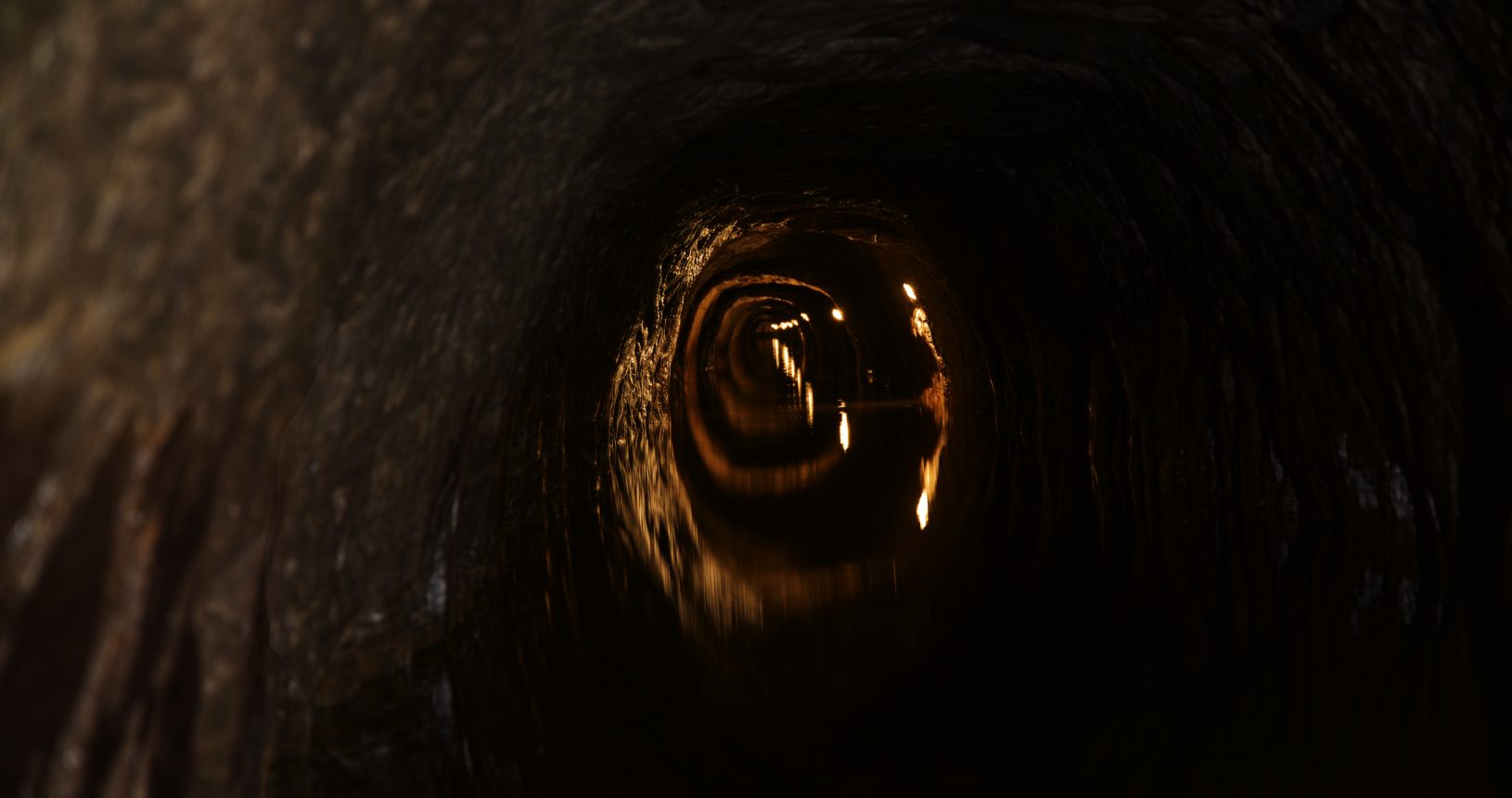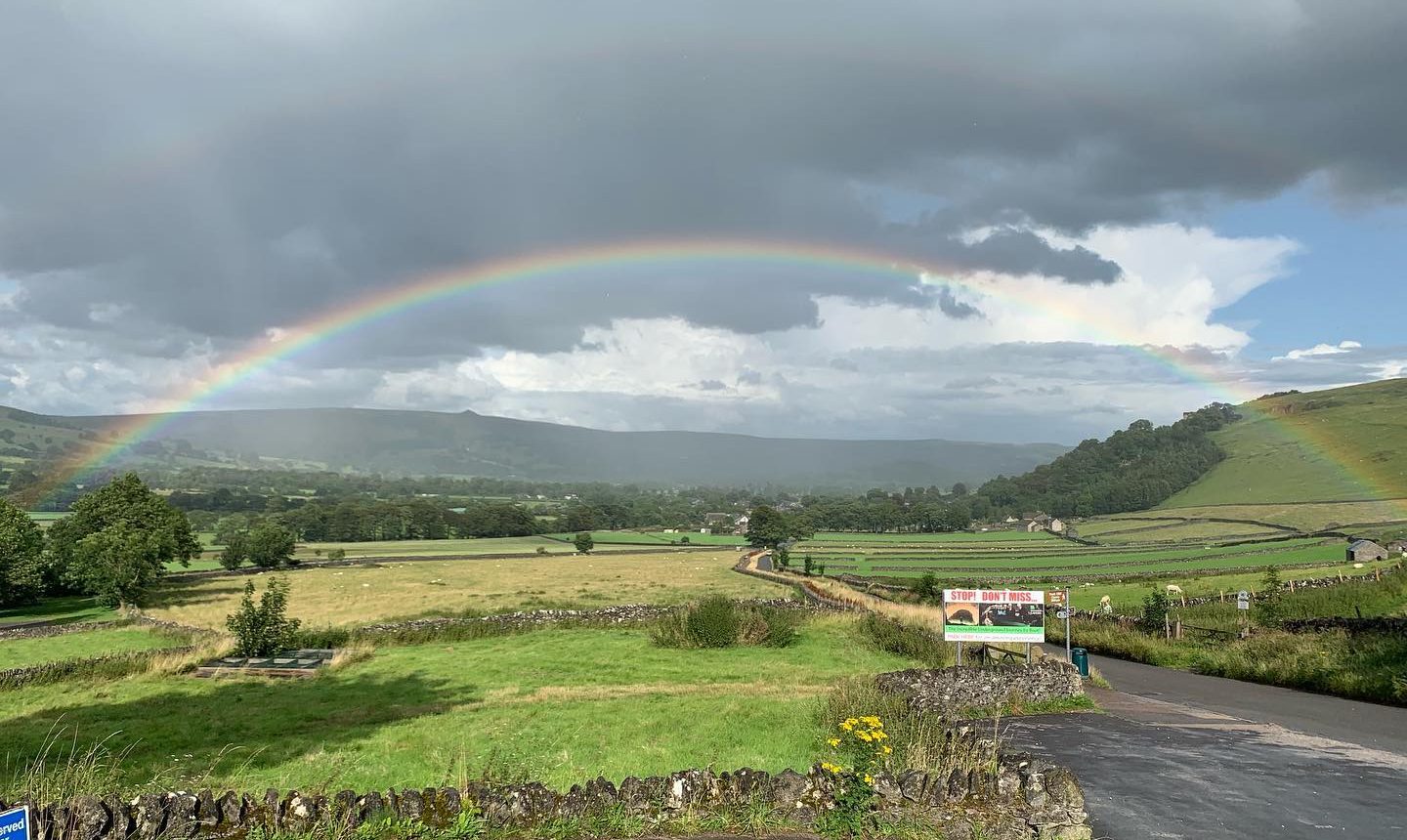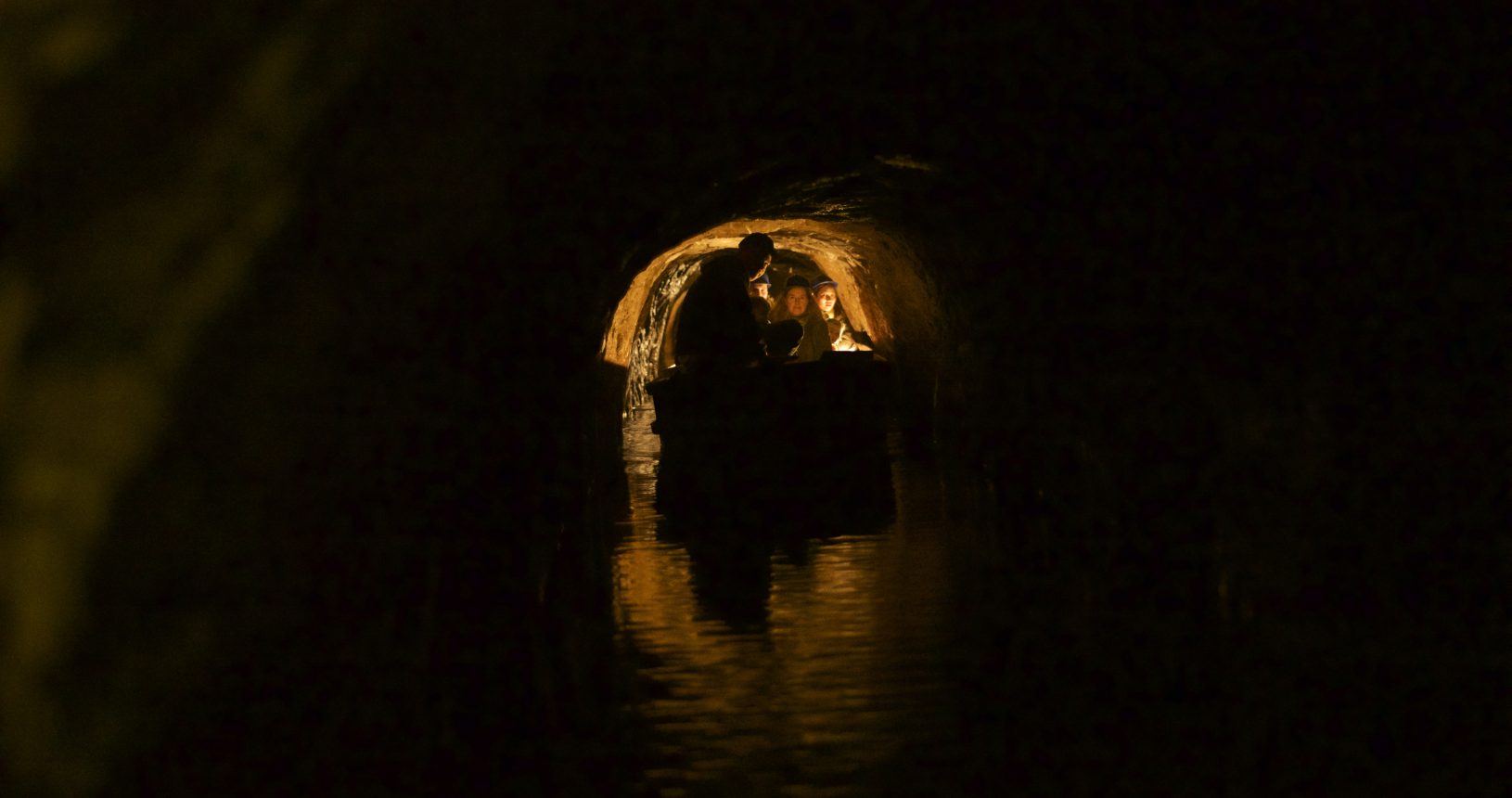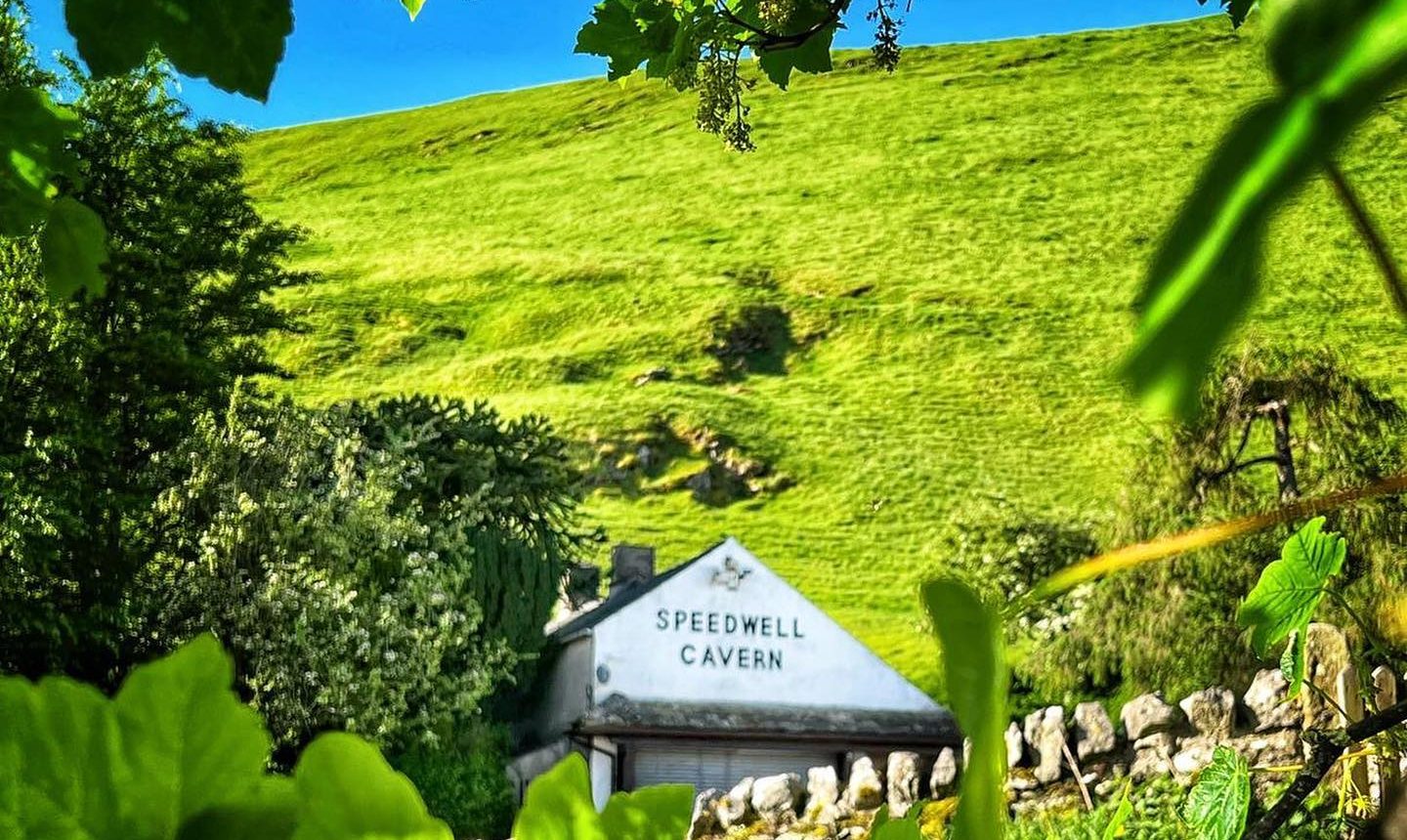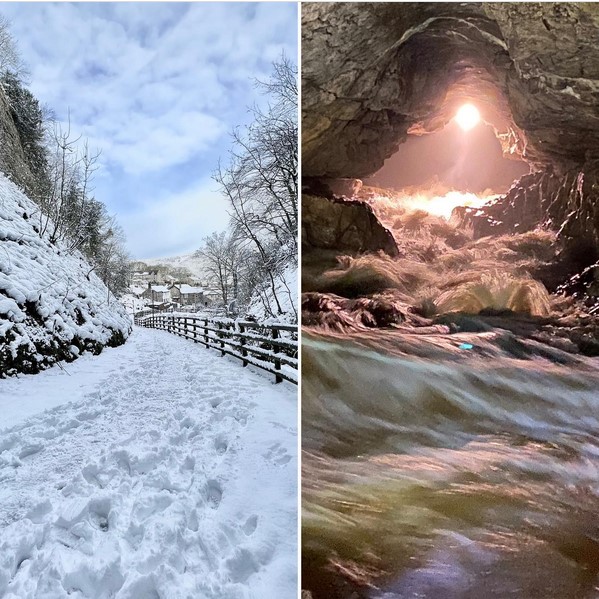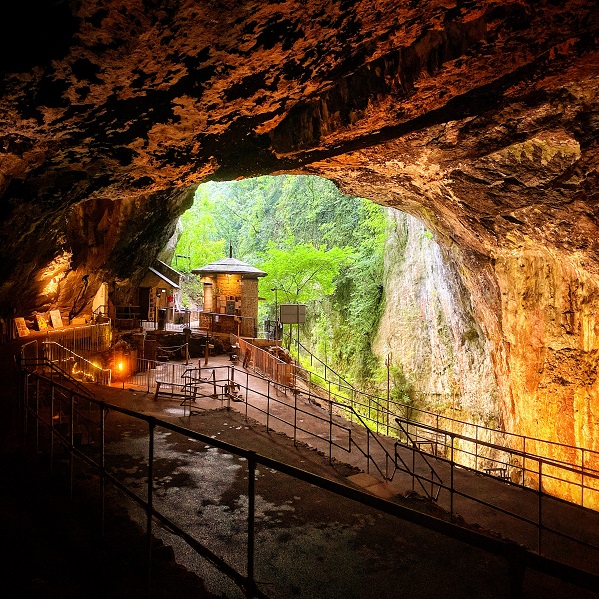— Location overview
In the beautiful Peak District National Park
Set at the foot of the spectacular Winnats Pass, high above the village of Castleton, Speedwell Cavern takes you on an incredible underground boat journey.
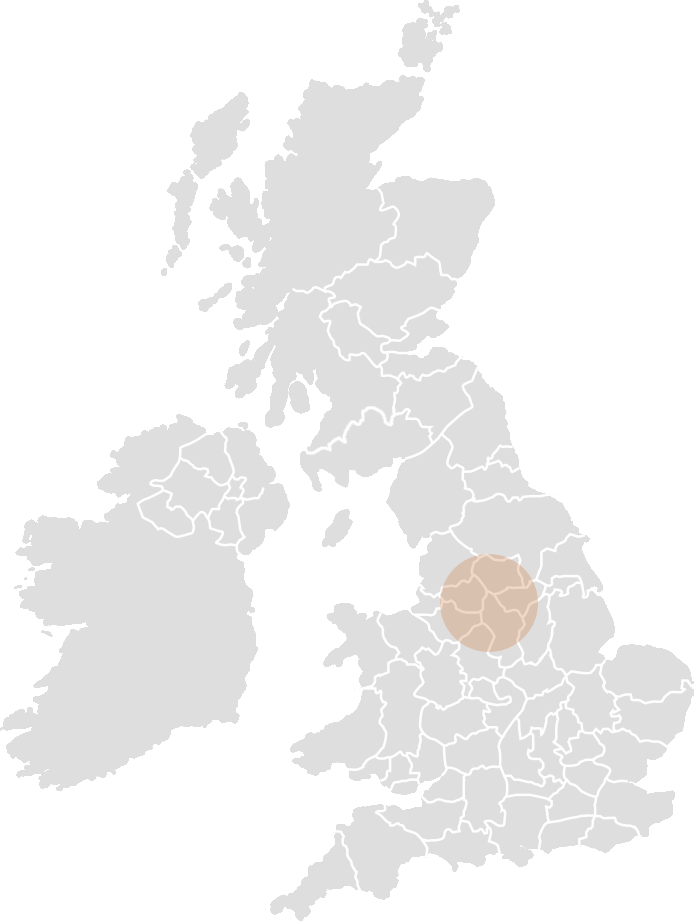
— What to do
Decide what do you want to do in Castleton
— Key Facts
A few Facts about Speedwell Cavern


